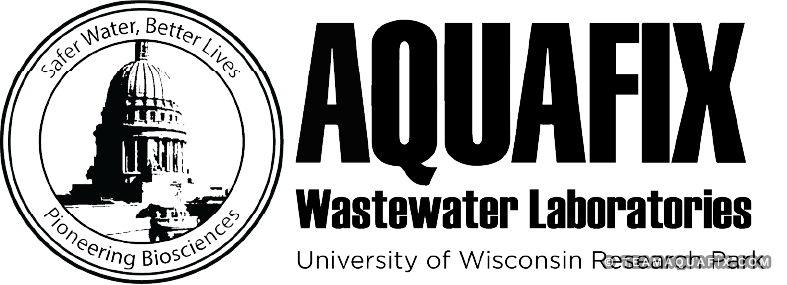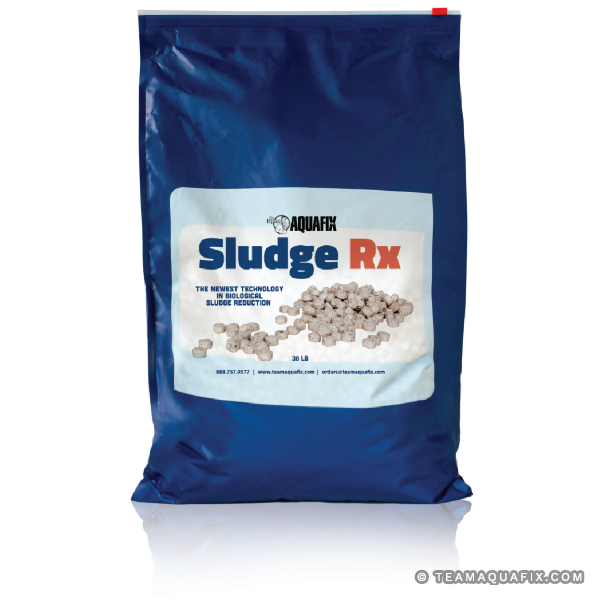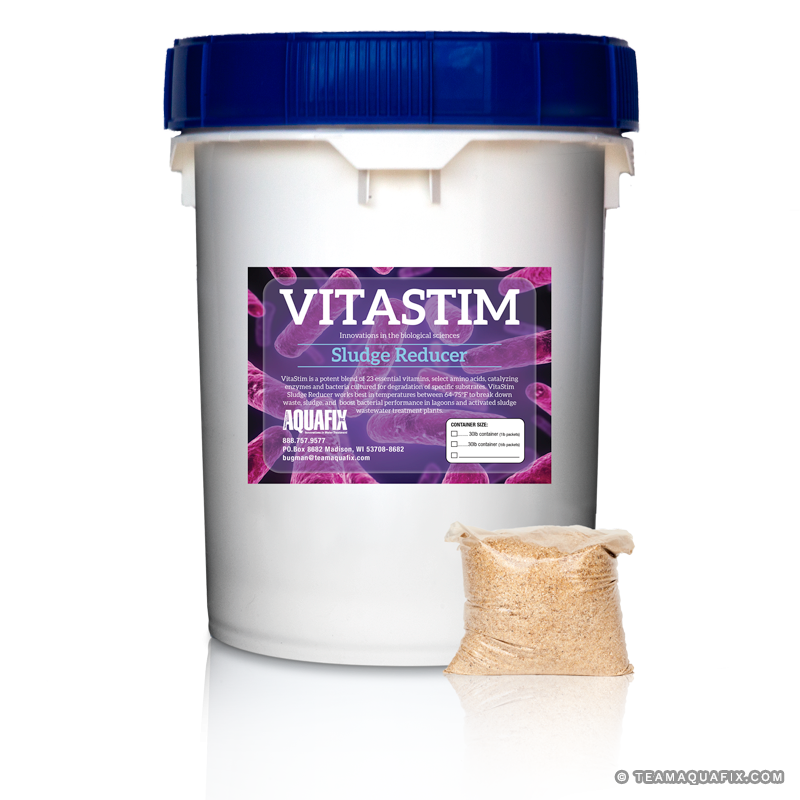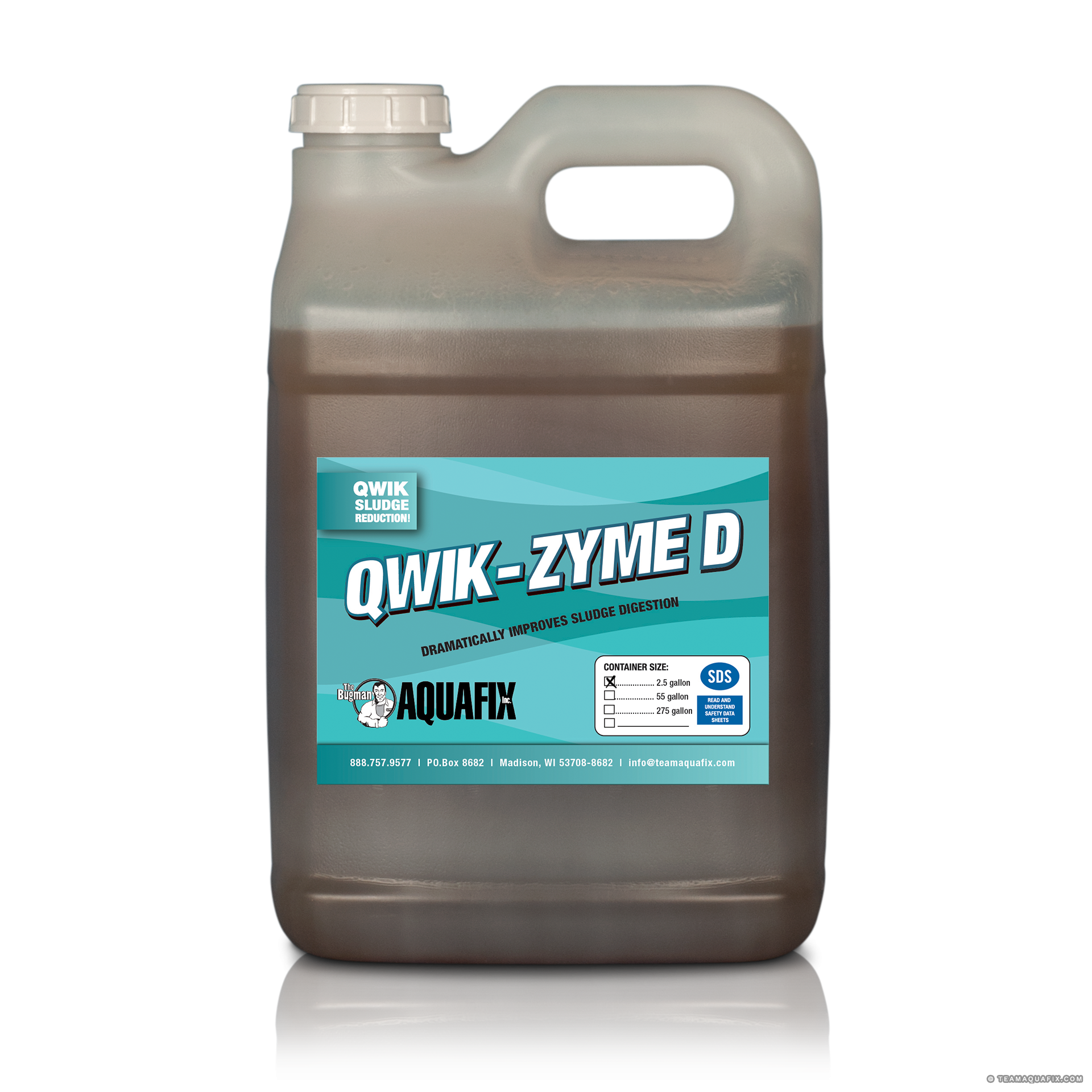
New Methods for Biosolids & Lagoon Sludge Reduction
by Kevin Ripp, Deborah Lee, and Josh Poulin
In this event, President and Director of Science and Innovation, Kevin Ripp, Lead Microbiologist, Deborah Lee, and Technical Consultant, Josh Poulin, will answer audience questions relating to latest on biosolids and sludge reduction from the Aquafix Labs. For additional information or questions, please contact us at 888-757-9577 or training@teamaquafix.com.
Timeline:
01:47 Limitations of Bar Screens and Other Headworks
2:54 Grease droplets in MLSS
3:17 Healthy floc which is dense has low water binding capacity
3:46 Improving Sludge Dewatering
6:01 Stressors on a system influence sludge composition and dewatering
6:40 Fat, oil, and grease blinds belt press
7:19 Solids percentage in sludge and dewatering
8:12 Biopolymers and dewatering
9:50 Lab Tank Setup
11:50 Reduce Organics Decrease Muck Depth
13:25 Sludge Rx -Sediment stabilization & Impermeability
14:15 Lab Tanks
15:16 Lab tanks digest organics to reduce internal load
17:11 Lab Tanks DNA
18:52 Sludge Rx Study Summary slide
19:22 Sludge Rx
21:20 VitaStimSludge Reducer
22:59 Qwik-Zyme D
24:36 Q&A
Sludge Rx
- Bacteria and nutrients for sludge reduction
- Use in wastewater lagoons or anywhere sludge accumulates
- For best results, dose for 3+ months during warmer seasonss
VitaStim Sludge Reducer
- Decrease sludge blanket
- Reduce TSS, BOD, and ammonia
- Stabilize pH
- Mitigate algal outbreaks



